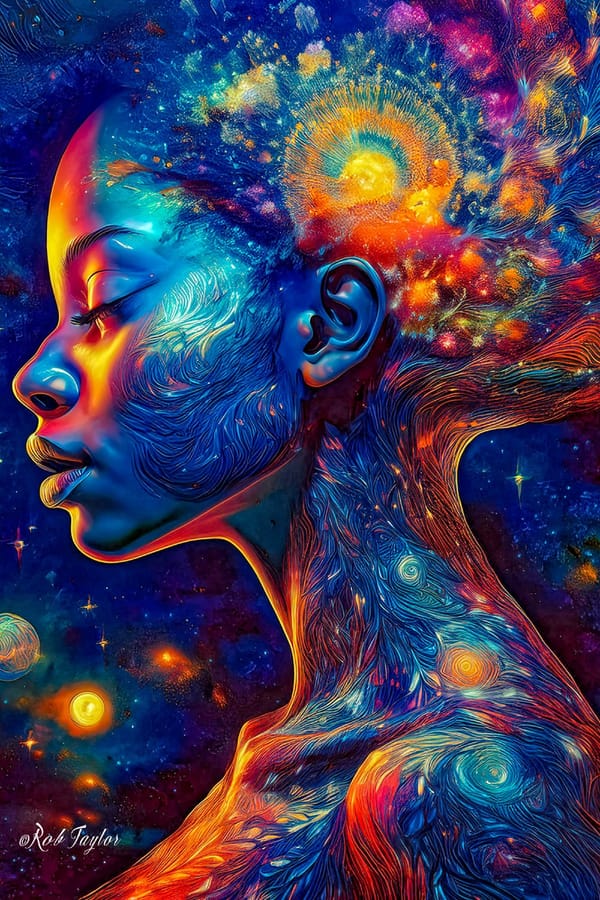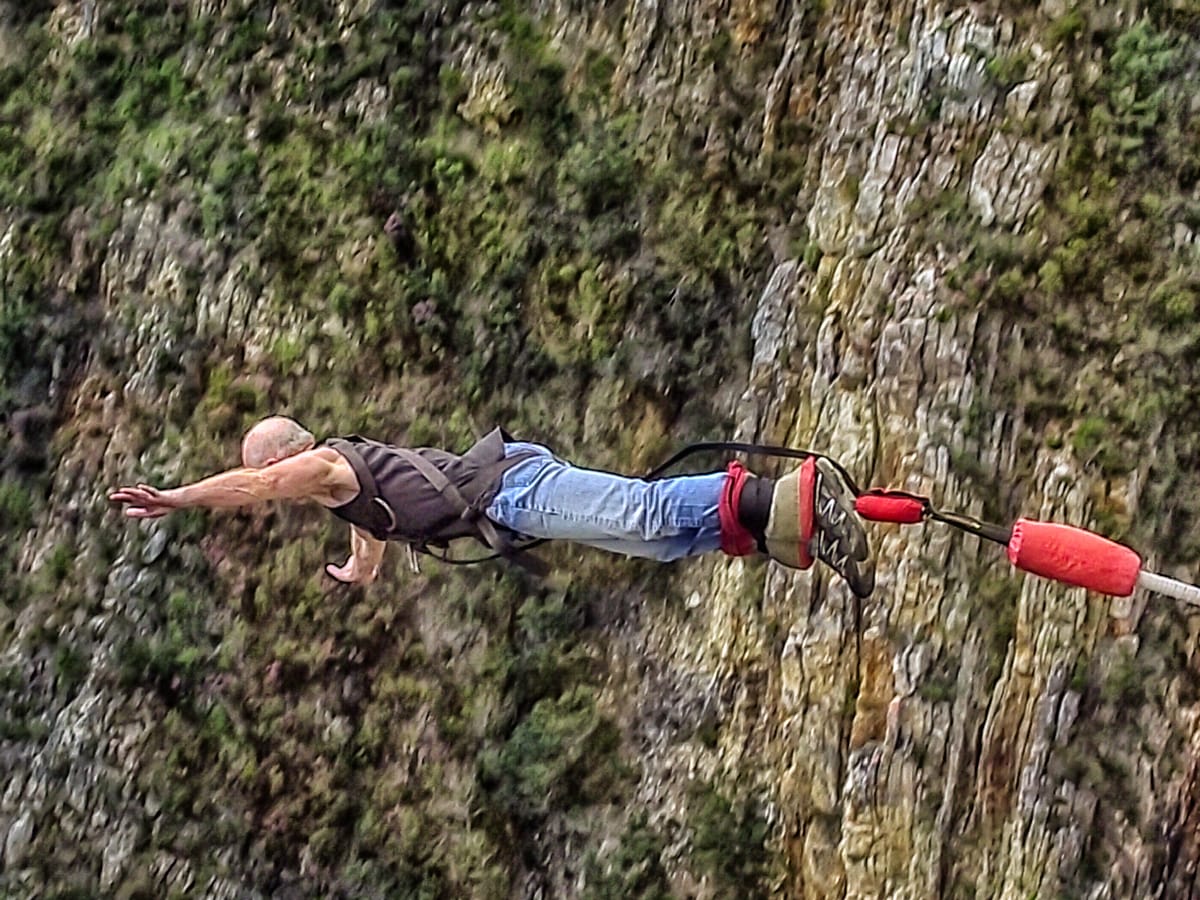Why Mindfulness is Only Temporary
The fundamental flaw in mindfulness practices in general and commodified mindfulness especially lies in the misperception that mindfulness practices effectively focus on sensory information (observations) as individuals experience each input. To be clear, observations are any form of perceived sensory information (five senses, memories, visualizations, etc.). Critical thinking analysis examines why the mindfulness driven "in the moment" approach cannot address the continuous movement of sensory information. A 2024 study published in the science journal Neuron estimates the human brain only processes 10bits/s of sensory information that is being collected at 109 bits/s.[1]
Emotional Response Timing (ERT) research has illustrated the ineffectiveness of mindfulness practices.
- emotional response from point of observation: 40-140ms[2]
- mindfulness awareness emerges: ≥200-240ms[3]
- the gap between emotional response and awareness: ≥60ms before any mindfulness action is possible
Consider those data in the context that we’re discussing only one observation. But observations are “many-to-one”—numerous observations are present at any time to each individual observer. Mindfulness attention is not in play until well after the emotion energy has already influenced the unified consciousness field.
This energetic component has several important implications:
- In the absence of inner work and consciousness expansion, the instantaneous nature of energetic projection means that emotional energy affects the unified consciousness horizon before any possibility of mindfulness intervention.
- Once projected, emotional energy creates ripple effects throughout the consciousness field that cannot be retroactively nullified through mindfulness attention.
- The energetic disturbance occurs at a functional level that precedes lesser consciousness cognitive awareness and any potential mindfulness intervention.
Proponents of mindfulness practices, especially those selling their version of the practice, will cite numerous studies that detail measured brain activity during meditation compared to typical daily brain function. Researchers have credibly documented the impact of meditation on neural activity. But mindfulness driven influence on brain activity is at the low end of the spectrum in consciousness expansion. The data is only relevant to the ego-bias conditioned mode of lesser consciousness (see my article, The Brain Barrier in the Room, Part1).
The Continuity of Sensory Processing
Sensory information or experience does not flow in moments. No measurable time span delineates the movement of sensory information. Observations occur, and we experience them on a continuum, rather than discrete moments. Our expanded consciousness is aware of every sensory input that populates the continuum. But most of the human species operate from the “brain barrier” or lesser consciousness. Our capacity to perceive and process multiple streams of information simultaneously and continuously is functionality disabled. We limit ourselves to observing a finite amount of data at any point in the continuum.
The sensory inputs that get our attention are those with enough impact to trigger an emotional response. If someone is observing two people arguing, the emotional response of the observer might be anger. If a child playing with a dog is simultaneously present in the vicinity of this scenario, the anger experienced in the first interaction inhibits the observer’s capacity to process the observation of the child. The depth of our ego-bias framework multiplies the intensity of our emotional response to the the sensory impact. The force of anger triggered by the arguing adults is causal to thoughts that construct an event-based inner dialogue. The inner dialogue becomes an extended observation by which more emotions will be generated, possibly devolving to verbal or physical activity.
The velocity of the sensory input that triggers an emotion, and then the emotion instigating a thought is incomprehensible. What is the central issue from a mindfulness perspective? The observation, the emotion, or the thought? Or all the above? What is the pivotal point?
The hindrances rooted in mindfulness practices bring to focus the prerequisite for practical objectivity and a critical thinking perspective on the dynamic aspects of humility, gratitude, compassion, and harmony.
View the below related articles.
Frequently Asked Questions
How does Inner Works methodology address consciousness development requirements?
Inner Works integrates the energetic influences of humility, gratitude, compassion and harmony with observation events to balance emotions, thoughts and inner dialogue. Consciousness meditation is fused into the process to facilitate the expanded consciousness experience.
What is the difference between brain barrier and expanded consciousness?
Brain barrier describes ego-bias conditioning that controls our emotional responses to our observations and interactions. Expanded consciousness transcends the ego-bias conditioning and elevates our access to unified field insights, guidance, knowledge and wisdom.
Related Articles


References
1] The unbearable slowness of being: Why do we live at 10 bits/s
[2] Emotional Automaticity Is a Matter of Timing
[3] Cortical response tracking the conscious experience of threshold duration visual stimuli indicates visual perception is all or none













